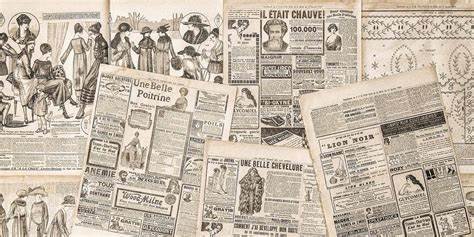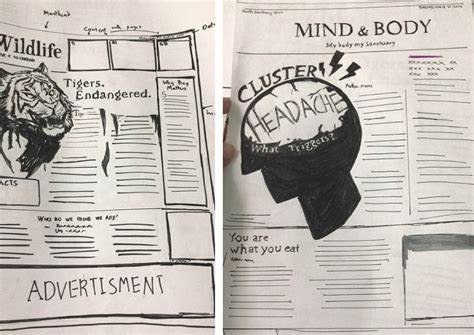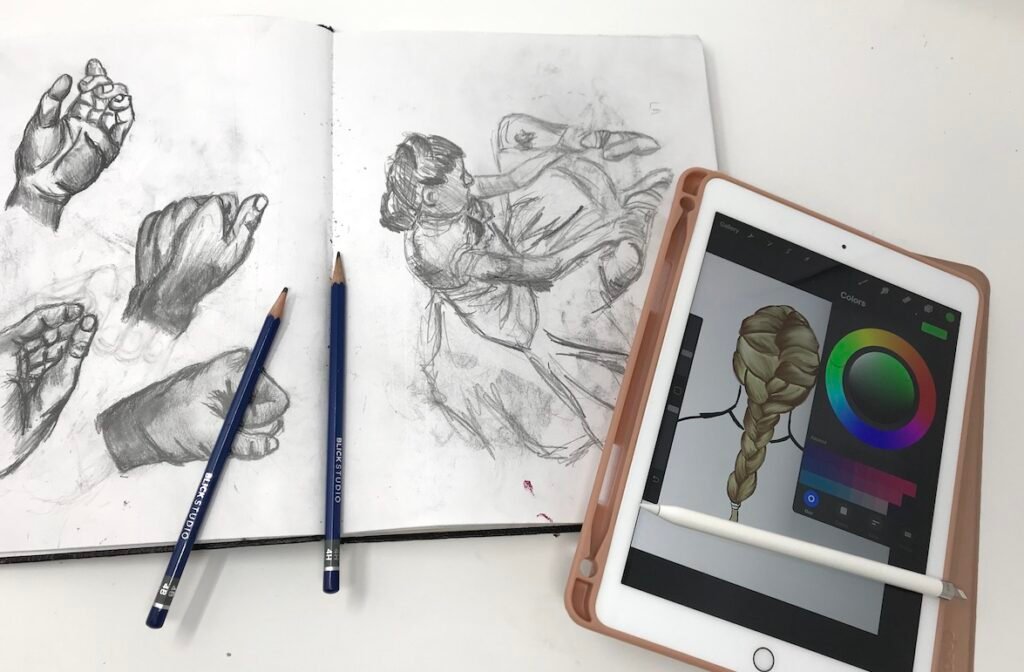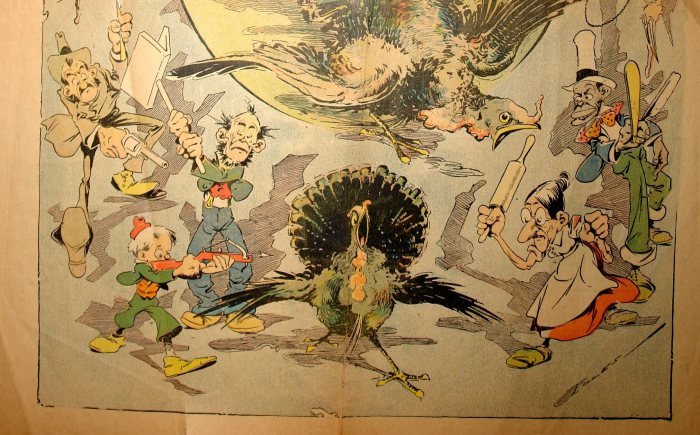Newspaper illustrations have long played an essential role in storytelling, transforming the way readers engage with news. From hand-drawn sketches to modern-day digital infographics, the evolution of newspaper illustrations reflects changes in technology, artistic styles, and the demands of a rapidly changing media landscape. The history of these illustrations is rich and complex, marking key milestones in both the art world and journalism.
1. The Early Days: Hand-Drawn Illustrations
Newspaper illustrations can trace their origins back to the early days of printing in the 17th century. Before photography, the only way to visually represent news stories was through drawings. Early illustrations in newspapers were often hand-drawn and etched onto wood or metal plates. These plates would then be inked and pressed onto paper, a labor-intensive process that required significant skill and time.
One of the most notable early examples of newspaper illustration came in 1842 with the advent of The Illustrated London News. This was the first newspaper to include regular woodcut illustrations to complement its news stories. These hand-drawn illustrations helped bring stories to life, especially in an era when photography was not yet widely accessible or practical for printing. These early illustrations were often detailed, realistic, and depicted scenes such as battles, natural disasters, and political events.
2. The Birth of Photojournalism
The 19th century saw the advent of photography, which began to replace illustrations in newspapers. However, illustrations didn’t disappear entirely. While photography revolutionized the way news was presented, illustrators still played a crucial role, particularly in areas where photographs couldn’t capture the action, such as during war or in remote locations.
In the late 1800s, photoengraving was developed, allowing photographs to be reproduced in newspapers. Despite this, illustrations remained an important part of newspapers, particularly for political cartoons and other artistic renderings that photography could not replicate. These illustrations offered a visual commentary on current events and provided a creative way to engage readers.
3. The Golden Age of Illustration (Early 20th Century)
The early 20th century marked what many consider the “Golden Age” of newspaper illustration. During this time, illustrators became key players in the editorial process, helping to shape the visual identity of major newspapers. Political cartoons, in particular, flourished during this period, providing both humor and sharp social critique.
Newspapers such as The New York Times, The Chicago Tribune, and The London Times employed talented illustrators who produced iconic works. This period saw the rise of celebrated artists like Thomas Nast, whose illustrations in Harper’s Weekly were instrumental in shaping public opinion on issues such as slavery and political corruption. The illustrations during this period were often intricate, detailed, and full of symbolism, serving not only to entertain but also to inform and persuade.
4. The Influence of World Wars and Photojournalism
World War I and World War II were pivotal moments in the history of newspaper illustration. With large-scale events such as battles, political changes, and social upheaval, the demand for visual representation surged. Illustrators were called upon to capture the emotional intensity of these events in a way that photographs alone could not.
During World War II, newspapers employed illustrators to create posters and sketches that rallied public support for the war effort. These illustrations were often highly stylized, promoting patriotism, unity, and the importance of national security. This period also saw a rise in photojournalism, where photographers would capture pivotal moments, but illustrations remained an important tool for expressing complex emotions, such as the horrors of war or the resilience of the human spirit.
5. The Rise of Digital Technology and Graphic Design (Late 20th Century)
By the late 20th century, advances in technology began to change the world of newspaper illustrations once again. The introduction of computers and graphic design software like Adobe Illustrator and Photoshop revolutionized the way illustrations were created. Artists no longer had to rely solely on traditional methods of drawing and etching; digital tools allowed for faster, more versatile creation of visuals.
Illustrations could now be easily edited, resized, and manipulated without the need for physical materials. This gave illustrators greater flexibility and creativity in their work. As more newspapers went online, the demand for digital content grew. Illustrations had to adapt to new platforms and formats, such as web design and interactive graphics, to engage online audiences. Digital illustrations also allowed for new types of storytelling, such as data visualizations and animated graphics, which are now common in online newspapers.
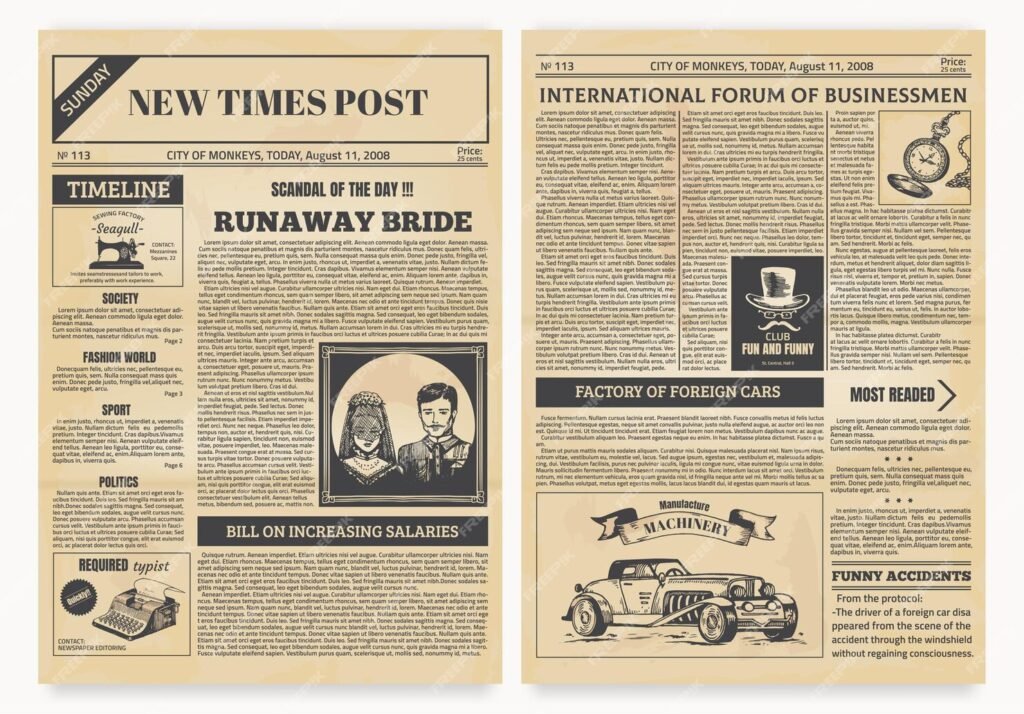
6. The Role of Infographics and Data Visualization
As the internet and social media began to dominate the media landscape in the 21st century, the role of illustrations shifted once again. With the rise of online platforms, newspapers needed to find new ways to present complex information in visually engaging and digestible formats. This led to the widespread use of infographics and data visualizations.
Infographics are now a critical part of modern newspaper illustrating. They allow complex stories—like financial reports, election results, or scientific breakthroughs—to be condensed into easily understandable visuals. These types of illustrations can help readers grasp important concepts at a glance, making news stories more accessible and engaging. The growth of digital platforms has also led to the use of interactive infographics, where users can explore data in a more hands-on way, adding another layer of depth to storytelling.
7. The Impact of Digital Media on Illustrators and Newspapers
In the digital age, newspapers and illustrators face new challenges and opportunities. While traditional print illustrations are still important, digital newspapers now demand a faster turnaround and the ability to engage audiences across multiple platforms. Illustrators must adapt to these needs by creating images that are optimized for both print and digital media, including mobile devices.
Social media has also played a significant role in how newspaper illustrations are shared and consumed. Platforms like Twitter, Instagram, and Facebook provide illustrators with opportunities to reach a wider audience than ever before. Many illustrators now use these platforms to share their work, engage with readers, and even collaborate with other artists. This global interconnectedness has democratized the world of newspaper illustration, allowing a more diverse range of voices and perspectives to be heard.
8. The Future of Newspaper Illustrations
As technology continues to evolve, the future of newspaper illustrations looks incredibly promising. New tools such as virtual reality (VR) and augmented reality (AR) are beginning to shape how illustrators think about storytelling. These immersive technologies could bring a new level of interaction and engagement to news illustrations, allowing readers to experience events in ways that were previously unimaginable.
Furthermore, the rise of artificial intelligence (AI) and machine learning may lead to automation in the creation of some types of illustrations, freeing up human illustrators to focus on more creative and conceptual work. As the media landscape continues to change, newspaper illustrations will likely evolve even further, offering more dynamic and interactive ways for newspapers to communicate their stories.
Conclusion
The history of newspaper illustrations is a fascinating journey of adaptation and innovation. From the early days of hand-drawn sketches to the rise of digital tools and interactive infographics, illustrations have been integral to the way we consume and understand news. As technology continues to advance, newspaper illustrations will undoubtedly continue to evolve, offering new ways for readers to engage with stories and enhancing the role of visual storytelling in journalism.







